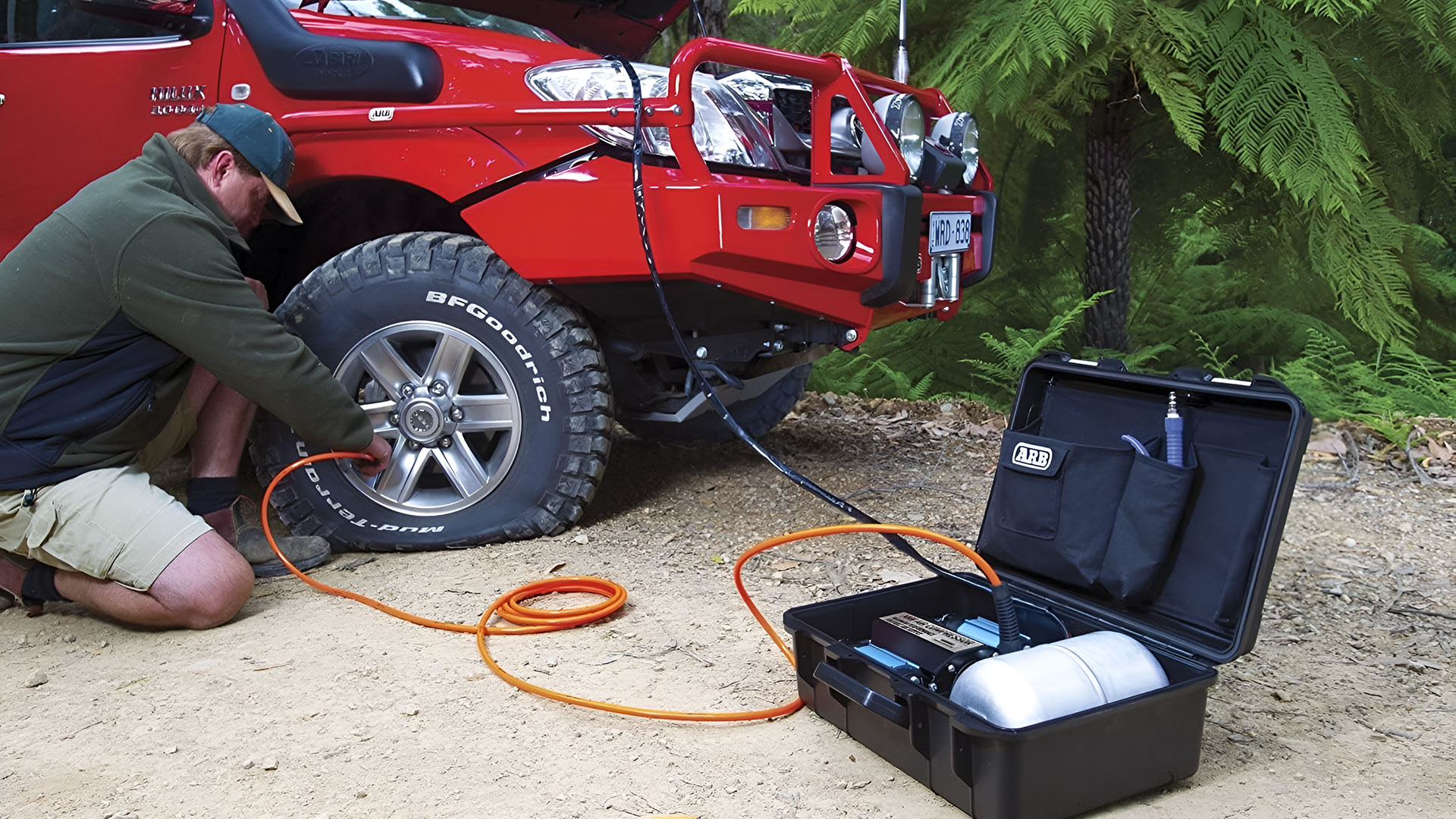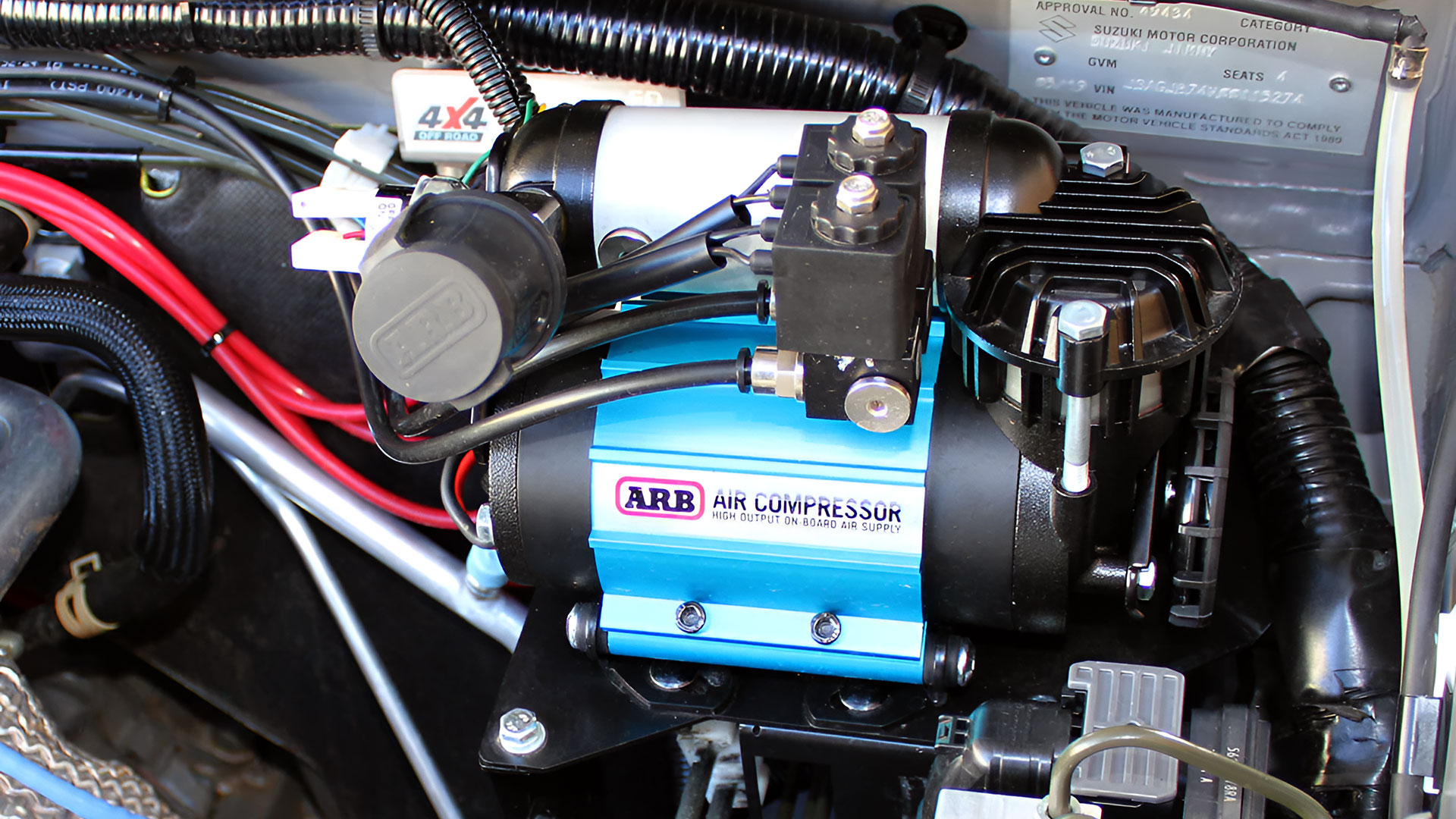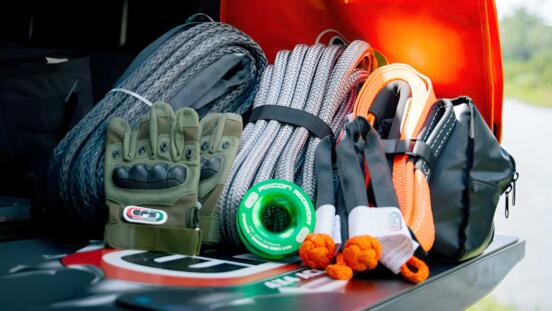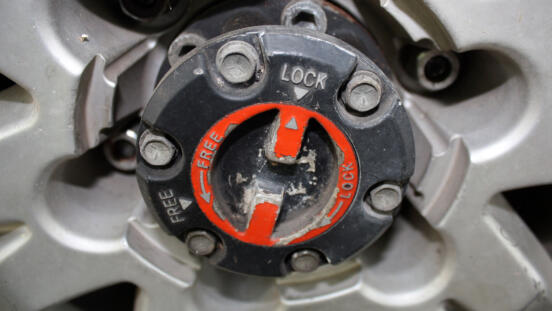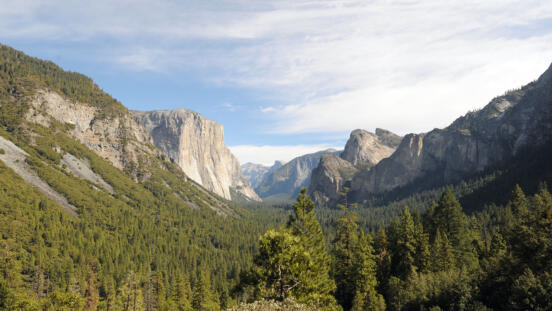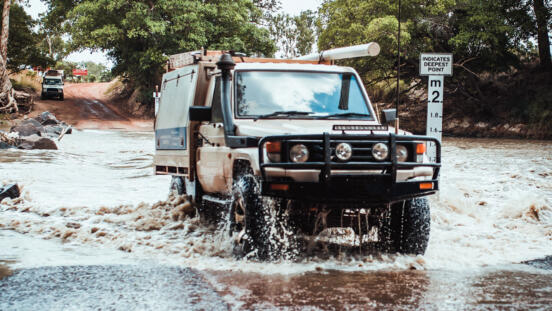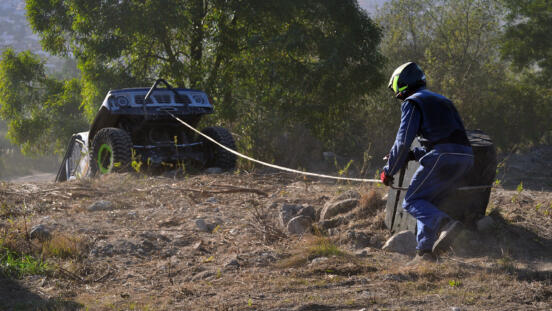
Image credit: ARB
The list of potential modifications for a 4WD build is endless, so where to start? Beyond what seem like obvious first choices – suspension lift, winch, bigger tires, recovery boards – I would argue there’s a clear winner for the best first mod: the humble air compressor.
It may seem counter-intuitive that being able to have a little more or less air pressure in your tires could outrank something like a winch or a lift kit in terms of off-road performance, but being able to change your tire pressure for different situations is game-changing when it comes to off-roading. Both in terms of getting from A to B, and the enjoyment/experience of your four-wheel-driving.
Obviously, the other upgrades I mentioned have their benefits, but the level of benefit you’ll get out of them in the early stages of your four-wheel-drive build isn’t what you might think.
Consider the examples below, assuming you’re running road pressures in your tires.
1) A winch is great, winching yourself out of trouble the first few times is even a fun novelty, but running your winch out 10 times on a cold, slippery track gets old, fast. Dropping your tire pressure on the same track could let you drive it in one shot, without ever having to get out and get dirty.
2) Likewise for beach driving. Beach driving can be a lot of fun, but if driving on soft sand on road pressure tires, you’re almost guaranteed to get bogged. On a hot day at the beach, I’d much rather be sitting under my awning with a cold beer from the fridge at camp than shoveling sand and laying down Maxtrax, still trying to get there.
3) A suspension lift is good too, but it doesn’t matter how much clearance you have over an obstacle if you don’t have the traction to climb up it to start with.
You get the idea.
An air compressor is also less than half the cost of a winch, a fraction of the cost of a suspension lift, and around the same price as a set of 4 recovery boards. If you have friends who are already into off-roading, ask them, I’m sure they’ll agree their air compressor is one of their most valued purchases.
Which air compressor to get?
Depending on your future plans for your 4WD build, there are a few considerations when choosing which air compressor. Generally speaking, compressors come in 3 types:
- Portable single compressor
- Portable double/twin compressor
- Onboard compressor
Portable compressors
Portable compressors don’t require much explanation; they’re portable units you connect to your battery. Simple. They don’t require any professional installation, just plug-and-play. Being portable they can also be used on other vehicles if required.
Either a single or twin compressor will be capable of inflating your tires to any pressure you’ll realistically need, a twin compressor unit will just do it faster. How much that matters to you is a matter of personal expectations and patience.
If you’re running standard 31-inch tires, a single compressor should serve you well enough and might take 5-15 minutes, depending on how low you’re starting from, to re-inflate all 4 tires back up to road pressures when you’re ready to go home. Of course, if you want to go with a twin compressor right off the bat for speed, that’s fine.
If you’re looking to upgrade to bigger tires at a later date, towing a camper, and/or especially a double axle caravan, you’ll probably want to skip the single compressors and go straight to a twin. A single compressor will still do the job, it’ll just a while. Compressors will include Cubic Feet per Minute (CFM) in their spec sheets as guidance.
A twin compressor will cost more than an equivalent single compressor unit, and be larger, occupying a bit more space in your cargo; if going with a portable unit, you’ll have to decide which trade-off is best for you.
Onboard compressors
When it comes to onboard compressors, there are 2 key differences.
1) Installation
Onboard compressors require installation; this can be in the engine bay, or in the cabin, depending on if the unit is waterproof. While it will cost more to have a professional install an onboard compressor, they do provide the advantage of not taking up any cabin space when done as an engine bay installation, and provide great convenience with having to just connect your air line when needed; no mucking around with pulling out boxes and connecting alligator clips to batteries.
2) Dif lockers / Air lockers
Several aftermarket brands offer air-operated diff lockers, and with the right setup, you can use the same onboard compressor to both activate your air lockers, and for connecting an airline to inflate your tires. If you’re considering lockers, this is worth investigating from the start; you could potentially save yourself from buying a portable unit now, only to replace it down the road.
Inflation speed
As for the speed of onboard compressors, much of what has been already covered in the portable section still applies; these will have a CFM in their spec sheets, so choose accordingly.
# Best mod for 4WD, first 4×4 modification, best 4WD accessory, 4WD air compressor, top 4WD modification.

